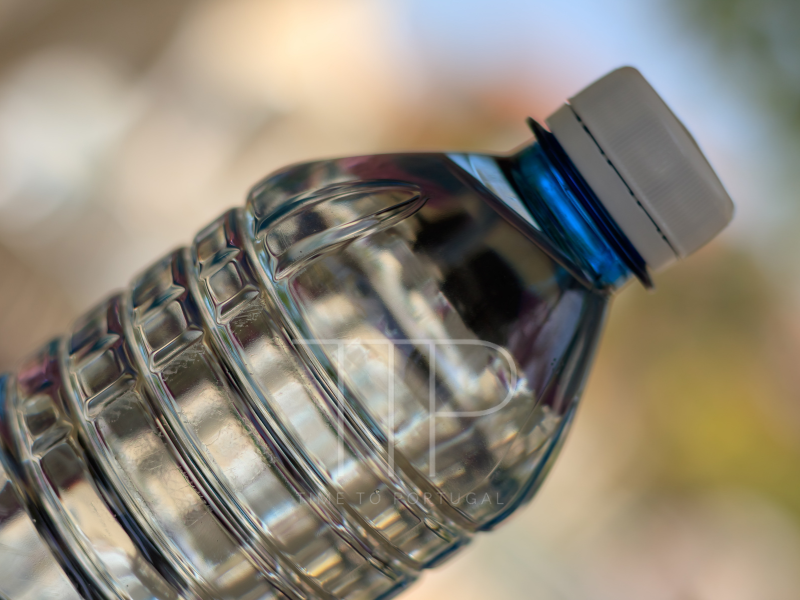Natural mineral waters and spring waters are “safe to drink, according to the most demanding parameters in force in the European Union”, the Portuguese business association in the sector assured today.
This was the reaction of the Portuguese Association of Natural and Spring Mineral Water Manufacturers (APIAM), in a statement sent to Lusa, to a scientific study published Monday in the journal Proceedings of the National Academy of Sciences (PNAS).
The study found that water from plastic bottles contains up to a hundred times more tiny plastic particles than previously estimated.
Using innovative technology, the scientists counted an average of 240,000 detectable plastic fragments per liter of water, after testing the product of several popular brands in the US.
The results showed that each liter contained between 110,000 and 370,000 particles, 90% of which were nanoplastics, with the rest being microplastics.
The most common type found was nylon – probably from plastic filters used to purify water – followed by polyethylene terephthalate (PET), from which the bottles are made.
The business association stressed in its text that “in the USA, where the study was carried out and where the three samples analyzed come from, bottled water mostly comes from surface water sources and is treated and purified before bottling”.
However, he added, “unlike in the US, in Portugal, as in the rest of the European Union, natural mineral waters and spring waters always originate underground. The classification of these waters requires confirmation of their original purity, so they are not subjected to any purification treatment”.
In this way, the business association guaranteed that “the conclusions of studies on quality issues associated with bottled water in countries such as the USA can in no way be extended to the national or European reality”.
APIAM specified that, in Portugal, “the bottling of natural mineral waters and spring waters is done in the vicinity of expressly authorized sources, preserving the original characteristics of the water” and that, on the other hand, “the bottled water sector is one of the sectors with the tightest controls”.
Nevertheless, after pointing out that “there are no official methodologies for analyzing nano and microplastics worldwide”, APIAM stressed that “the presence of nano and microplastics in the environment is a global concern, to which the international scientific community has given great prominence”.
This, it explained, is due to the fact that “their presence has been detected everywhere, and the main sources are known to be the wear and tear of paint and synthetic flooring, washing clothes, the wear and tear of car tires and shoes themselves”.
In fact, nanoplastics have attracted more and more attention in recent years and are present all over the planet.
Microplastics are less than five thousand micrometers, which is five millimeters, while nanoplastics are less than one micrometer [one thousandth of a millimeter].
They are so small that they can enter the blood system and therefore organs such as the brain or heart.
Research into their effects on ecosystems and human health is still limited, but some studies have already shown their harmful effects, for example on the reproductive system.

